New York City celebrates the “Gay Harlem Renaissance”
‘The Pansy Craze’ and other moments of Black, queer history remembered.
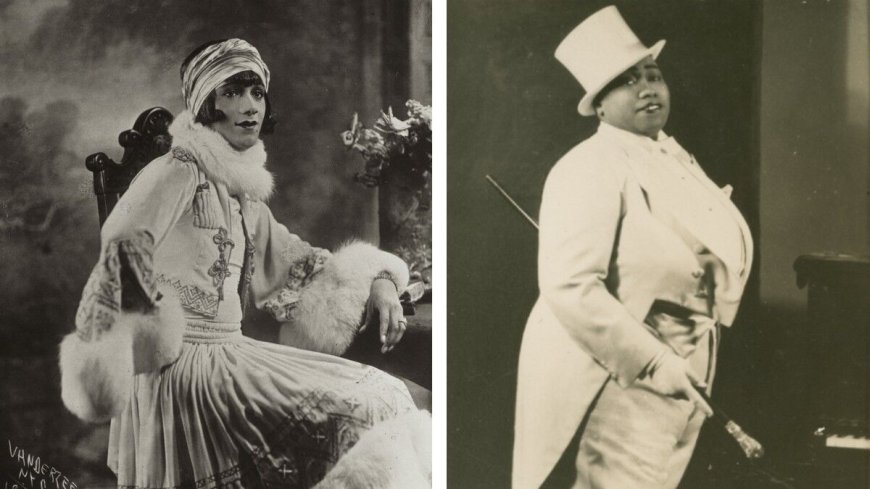
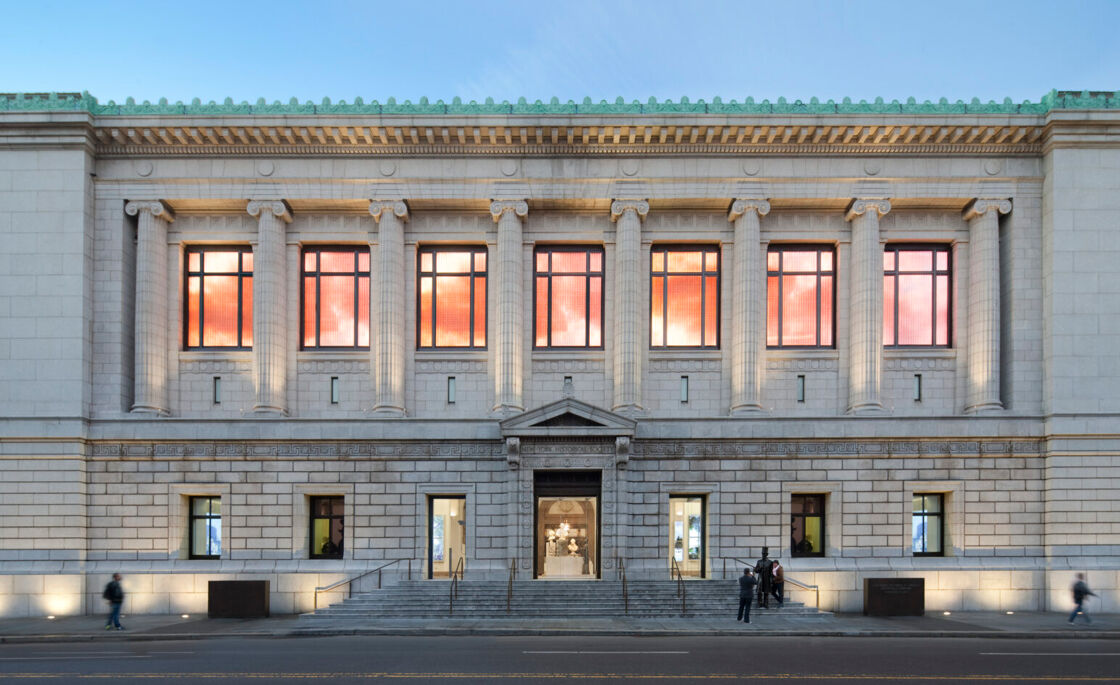
October is LGBTQ+ History Month in the US. To mark the occasion, the New York Historical museum on the Upper West Side of New York City has just launched an exhibition to commemorate and celebrate Black, queer life in Harlem in the first half of the 20th century.
The Harlem Renaissance was a cultural and intellectual eruption in the 1920s and 1930s that celebrated African American culture through literature, music, art, and politics.
Pack your bags, we’re going on an adventure
Subscribe to our weekly newsletter for the best LGBTQ+ travel guides, stories, and more.
Subscribe to our Newsletter today
After the First World War, the district became the largest Black metropolis in the US. This included a flourishing queer scene. It’s that scene that is celebrated in the museum’s ‘The Gay Harlem Renaissance’ exhibition. It opened last Friday and runs until the beginning of March 2026.
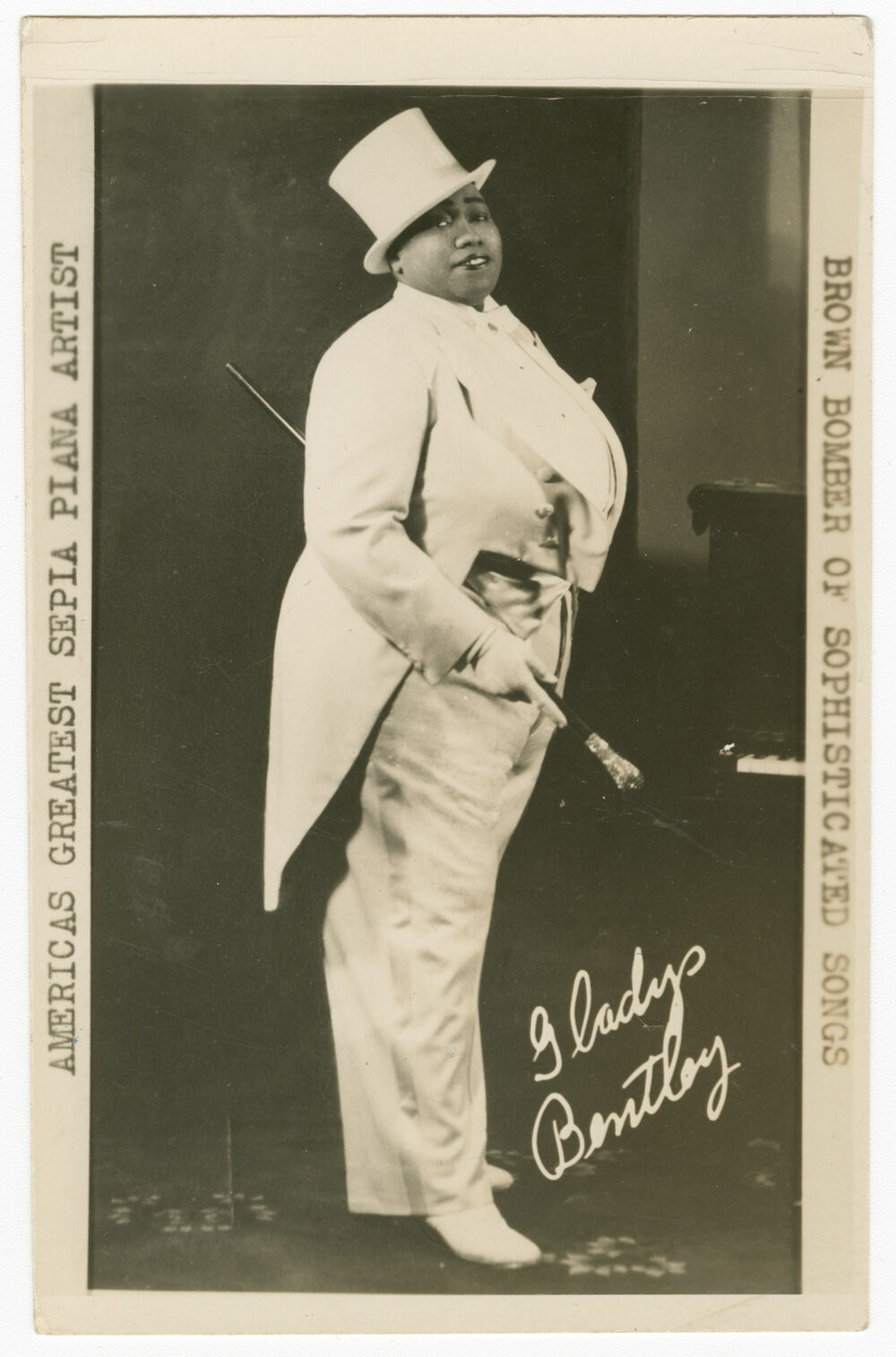
The show takes visitors to Harlem’s “segregated nightclubs, where LGBTQ+ singers and dancers lit up the stages for white downtowners, and to its modest rent parties and cellar speakeasies, where lesbian, bisexual and transmasculine blues queens sang for gay and straight working-class Harlemites partying together,” states a press release from the museum.
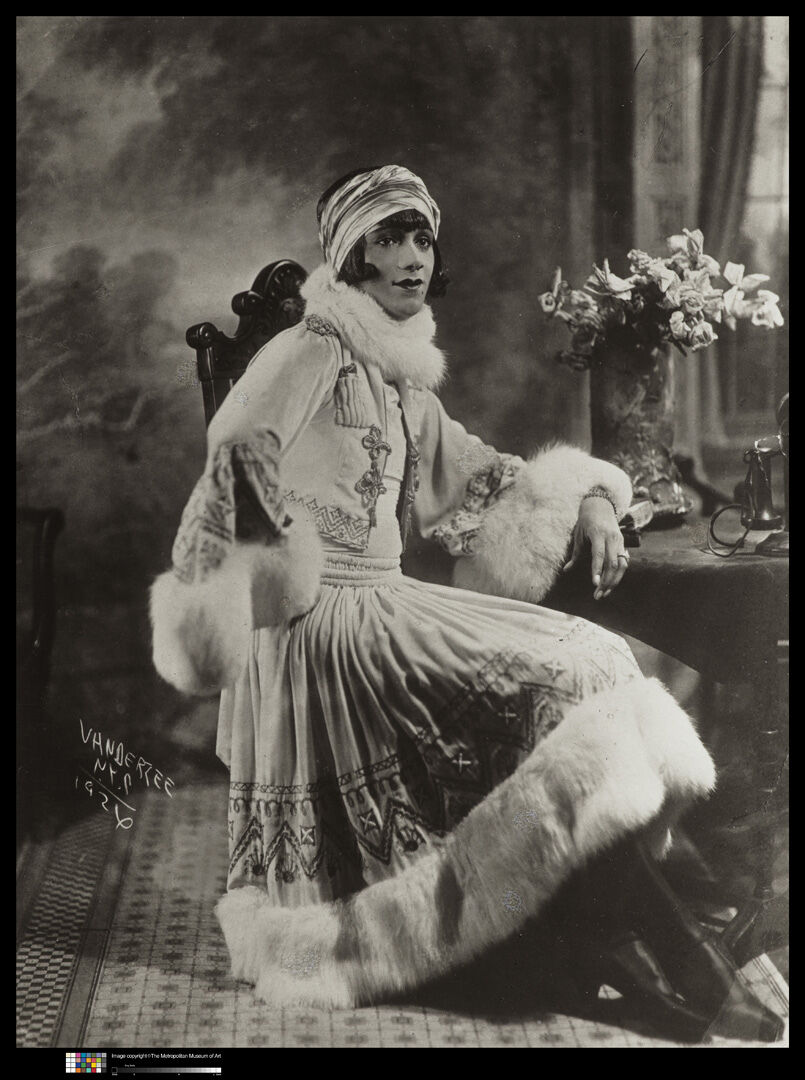
“The Gay Harlem Renaissance shows that Black LGBTQ+ life was far more visible, accepted, and integrated into the daily life of 1920s Harlem than most people imagine,” said George Chauncey, the exhibition’s chief historian. He’s also a Columbia history professor who is the author of Gay New York, 1890-1940.
“The exhibition takes visitors to the basement speakeasies, rent parties, and drag balls where ordinary queer and straight people built lives together, as well as to the salons of the cultural elite.”
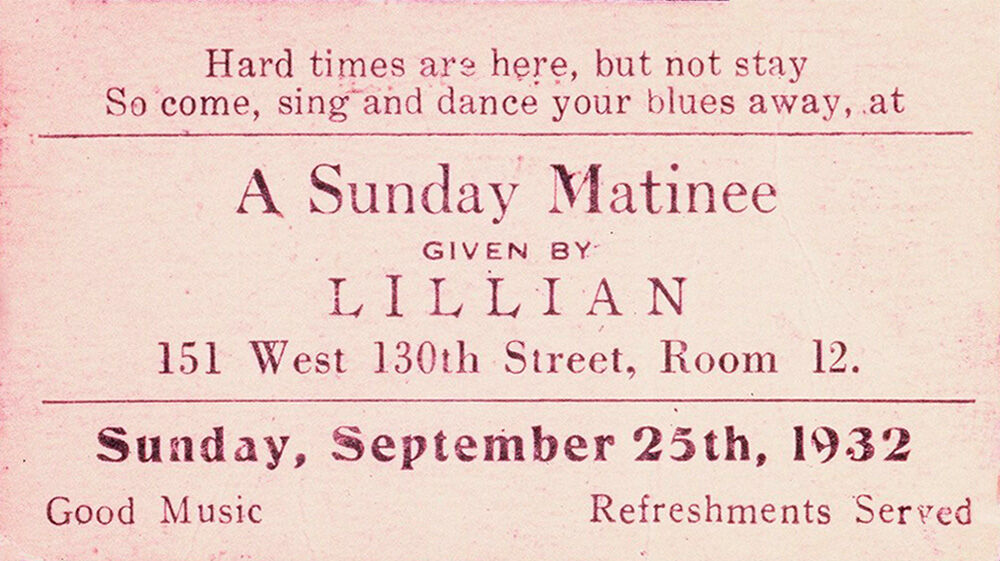
Drag balls and the Pansy Craze
The exhibition includes 200 objects, including paintings, photographs, books, sculptures, and documents.
These include recordings of blues songs with queer themes by singers such as Bessie Smith, Ma Rainey, and Ethel Waters. There’s also a recreation of the prize-winning gown worn by Bonnie Clark at the 1932 Hamilton Lodge Ball, the largest drag ball on the East Coast, which was held every February in Harlem’s Rockland Palace.
The Hamilton Lodge Ball started in 1869. By the 1930s, it was attracting an incredible 8,000 attendees each year. It became the calendar highlight of what was known for a brief period as ‘The Pansy Craze’, when queer performers, such as transmasculine singer Gladys Bentley, enjoyed a significant degree of success.
Find out more about Hamilton Lodge this short YouTube video below.
The New York Historical Society holds items documenting around 400 years of United States history. This include a many gems of specific LGBTQ+ interest. If you visit, do also check out the gift shop, which is offering many products to commemorate the ‘Gay Harlem Renaissance’ exhibition. This includes mugs, tote bags, posters, books, and speakeasy-style fashion and accessories.
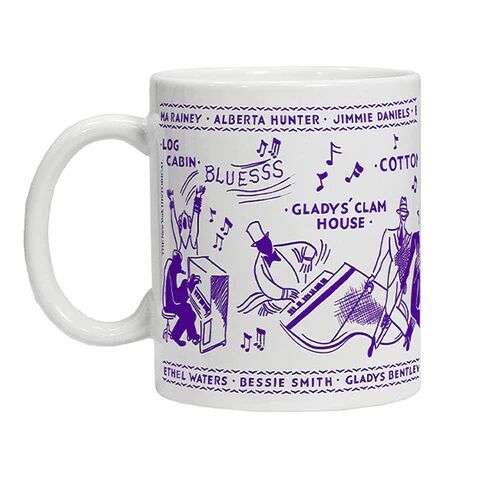
Related
4 stunning murals of James Baldwin you have to see right now
To honor Baldwin’s birthday, we gathered a collection of murals from around the nation that honor the Black genius.Kansas City’s rich queer history comes to life with this unique tour
Many people remain unaware about the LGBTQ+ history of Kansas City, Missouri.
Join the GayCities newsletter for weekly updates on the best LGBTQ+ destinations and events—nearby and around the world.

 Mark
Mark 





